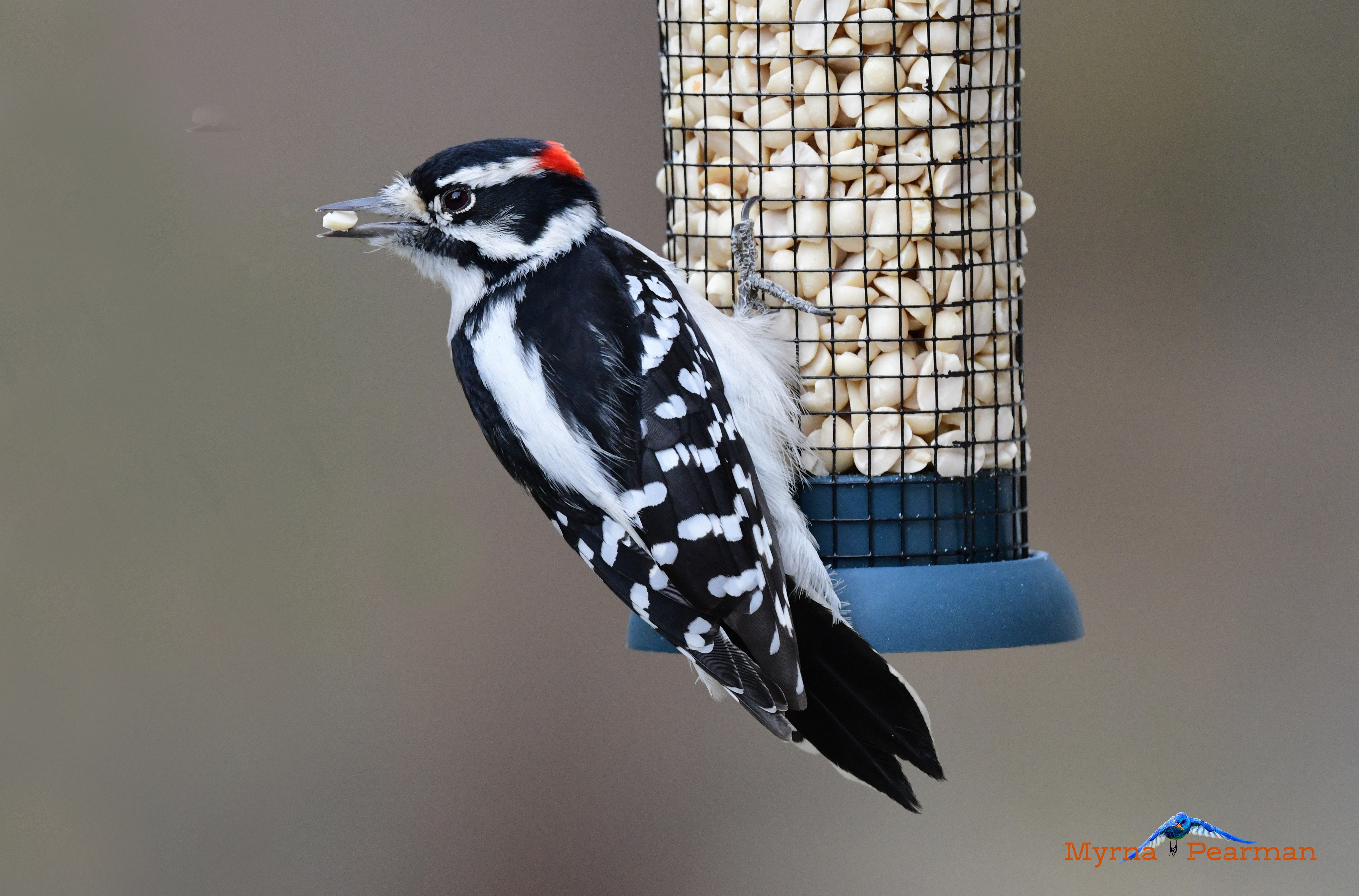(800) 563-7333
November 02, 2021 | Myrna Pearman, Chin Ridge Seeds (en-CA)

Myrna Pearman, Resident Naturalist & Backyard Feeding Expert
November – a month typified by shorter daylight and dropping temperatures - is a great time to get started on a backyard bird feeing program. Not only will bird feeding stations help our avian neighbours survive the long cold winter ahead, but having wild birds within view is guaranteed to make a Canadian winter more interesting and inspiring.
For those who are new to bird watching and bird feeding, it is important to note that it is the availability of food, not temperature, that determines which bird species can thrive in our challenging winters and which must seek warmer climes. Those species that depend on flowers and active insects must leave while those species that are adapted to survive on a paltry diet of seeds, frozen insects, buds and berries, carrion and/or live prey remain behind.
Supplemental food will be readily accessed by many bird species, and fall is an excellent time to start setting up feeding stations because the birds will soon learn where steady food supplies are located. Some, like chickadees, might even establish their winter territories to include feeders.
High quality seed is the foundation of a successful backyard bird feeding program. To this end, avoid the widely available cheap seed mixtures that are laden with such non-palatable offerings such as milo (grain sorghum) and whole cereal grains (e.g., wheat, oats). Mother Nature’s seeds are clean, of high quality, and are sold either as single seeds (e.g., sunflower seeds, peanuts) or blended using a variety of nutritious and field-tested ingredients.
